5 Fall Garden Chores You Should Skip (and What to Do Instead)
/As the leaves fall and the air cools, many of us rush to “tidy up” our gardens before winter. We rake and bag leaves, cut back or pull plants, and erase almost every sign of summer growth before the cold season sets in. But here’s the truth: a perfectly clean garden isn’t necessarily a healthy one, and some of that cleanup is doing more harm than good. In fact, many fall gardening chores that seem helpful actually disrupt the delicate balance of your soil, remove crucial pollinator habitats, and make more work for you come spring.
This year, try a gentler approach. By skipping a few traditional fall tasks, you can protect beneficial insects, improve your soil’s structure, and nurture a thriving ecosystem that will reward you when the growing season returns.
Before you reach for your rake or trimmers, read about these five common fall garden chores you can skip, and find out what to do instead to protect your soil, your pollinators, and even your sanity. You’ll save time and set the stage for a healthier, more resilient garden next year.
Skip Cutting Back All of Your Perennials
Why You Should Skip It:
It’s tempting to cut everything down after the first frost, leaving a tidy patch of bare soil. But those brown stems and seed heads are doing more than you think. Many native bees, ladybugs, and other beneficial insects overwinter inside the hollow stems of plants like bee balm, echinacea, black-eyed Susan, and coneflower. Seed heads also provide a natural food source for songbirds such as finches and chickadees throughout the colder months.
Cutting everything to the ground in fall removes that habitat, exposes plant crowns to freezing temperatures, and eliminates nature’s free mulch layer.
What to Do Instead:
Leave most stems and seed heads until late spring (once temperatures consistently reach 50°F and pollinators have emerged).
Cut back only those plants that are clearly diseased or pest-infested.
Lightly mulch around perennials with leaf mulch or pine straw for insulation that will protect your plants’ roots.
You can tidy selectively by trimming a few front-facing beds for aesthetics while leaving back borders a bit “wild.” If you’re worried about appearance, you can always frame the space with evergreen shrubs or tidy borders. When spring arrives, your garden will reward you with richer soil, natural pest control, and healthier growth.
Skip Raking and Bagging All Leaves
Why You Should Skip It:
Fallen leaves are one of nature’s best gifts to gardeners. They provide insulation, suppress weeds, and feed soil microbes as they break down. More importantly, they create overwintering habitat for countless pollinators and beneficial insects. Luna moths, swallowtail butterflies, ground beetles, and even some queen bumble bees all depend on leaf litter for their survival.
When we rake and bag every leaf, we strip away this natural layer of protection and send valuable organic matter to landfills, where it releases methane as it decomposes.
What to Do Instead:
Shred leaves using a mulching mower. Alternatively, you can run your regular mower with catcher bag attached over them and then empty the bag back onto the lawn. You can use these leaves as mulch in garden beds or around trees.
Allow a thin layer of whole leaves under shrubs, along fence lines, or in corners where pollinators can safely shelter.
Alternate leaves with “green” materials like grass clippings or kitchen scraps for balanced composting.
Clear leaves only from walkways and lawns where they may smother grass; otherwise, let them do their quiet work of nourishing the earth.
Skip Turning or Tilling Soil
Why You Should Skip It:
For years, gardeners were taught that turning over the soil “aerates” it and helps nutrients penetrate more deeply. In reality, tilling can do a lot more harm than good. It disrupts soil structure, kills beneficial fungi (like mycorrhizae), and brings dormant weed seeds to the surface where they can germinate. It also disturbs overwintering insects and earthworms that keep your soil alive and healthy.
What to Do Instead:
Practice no-dig gardening: instead of disturbing the soil, feed it from the top down. Spread a two- to three-inch layer of compost, leaf mold, or aged manure over your beds and let nature do the rest.
Let worms and microbes naturally work organic matter in. This will improve the soil’d fertility and water retention.
To prevent erosion and maintain living roots, consider sowing a winter cover crop like crimson clover or winter rye in empty beds.
Healthy soil is living soil — and less disturbance means more microbial diversity, better water retention, and stronger plants next spring.
You’ve seen me say it on our YouTube channel or read these words in previous blog posts: healthy soil is a thriving ecosystem, not just dirt. The less you disturb it, the more resilient it becomes.
Skip Fertilizing Lawns and Perennials
Why You Should Skip It:
Fall fertilizing might seem like a good idea to “strengthen” plants before winter, but it often has the opposite effect. Fertilizer encourages new, tender growth that’s highly vulnerable to frost damage. And when applied late in the season, most of it just washes away with autumn rains, which pollutes local waterways with nitrogen and phosphorus runoff.
What to Do Instead:
Shift your focus towards soil health. By late fall, swap out fertilizers for organic compost, worm castings, or compost tea, which release nutrients slowly and improve soil texture over time.
Add compost or organic matter earlier in the season or layer them on top of your planting beds as mulch in fall.
For lawns, overseed bare patches or apply a thin layer of compost to boost microbial life naturally.
Healthy soil will provide everything your grass and perennials need without risking environmental damage.
Skip Removing All “Debris”
Why You Should Skip It:
Old stems, seed pods, and fallen branches may look messy, but they’re essential parts of your garden’s winter ecosystem. “Debris” offers shelter for insects, toads, and other small wildlife. When you strip everything away, you eliminate natural pest control allies and reduce biodiversity.
It’s also a missed opportunity to build better soil: as plant material breaks down, it returns organic matter and nutrients to the earth.
What to Do Instead:
Create a brush pile: Stack branches and stems in an out-of-the-way spot to provide habitat for overwintering creatures.
Leave dead wood: A fallen log or hollow branch can host native bees, spiders, and beetles that keep your garden balanced.
Compost in spring: When temperatures rise, add the remaining debris to your compost pile for a nutrient-rich start to the new season.
If you’re worried about aesthetics, think in layers. You can keep the areas in the back or along borders looking a little wild and frame them with tidy edging. A little wildness adds charm, movement, and ecological value that a sterile garden can’t match.
Keep in mind, this shouldn’t be an excuse to neglect your garden in the name of “wilding.” A chaotic, messy and unkempt garden will make your home the bane of your neighborhood. Instead, reserve select areas of your garden for a little messiness (preferably in the back yard). Your neighbors will thank you and beneficial insects will still have a safe habitat to spend the winter.
The Best Fall Gardening Strategy
The best fall gardening strategy might surprise you: sometimes doing less is what your garden needs most. By skipping these five chores — cutting back perennials, raking every leaf, tilling soil, fertilizing late, and removing all debris — you’re protecting pollinators, improving soil, and conserving the natural cycles that enable your garden to heal and prepare itself naturally for spring.
What looks “messy” to us is a thriving, self-sustaining habitat to countless creatures that make your soil richer, your plants stronger, and your ecosystem healthier. Doing less now means doing better later.
You may also be interested in…





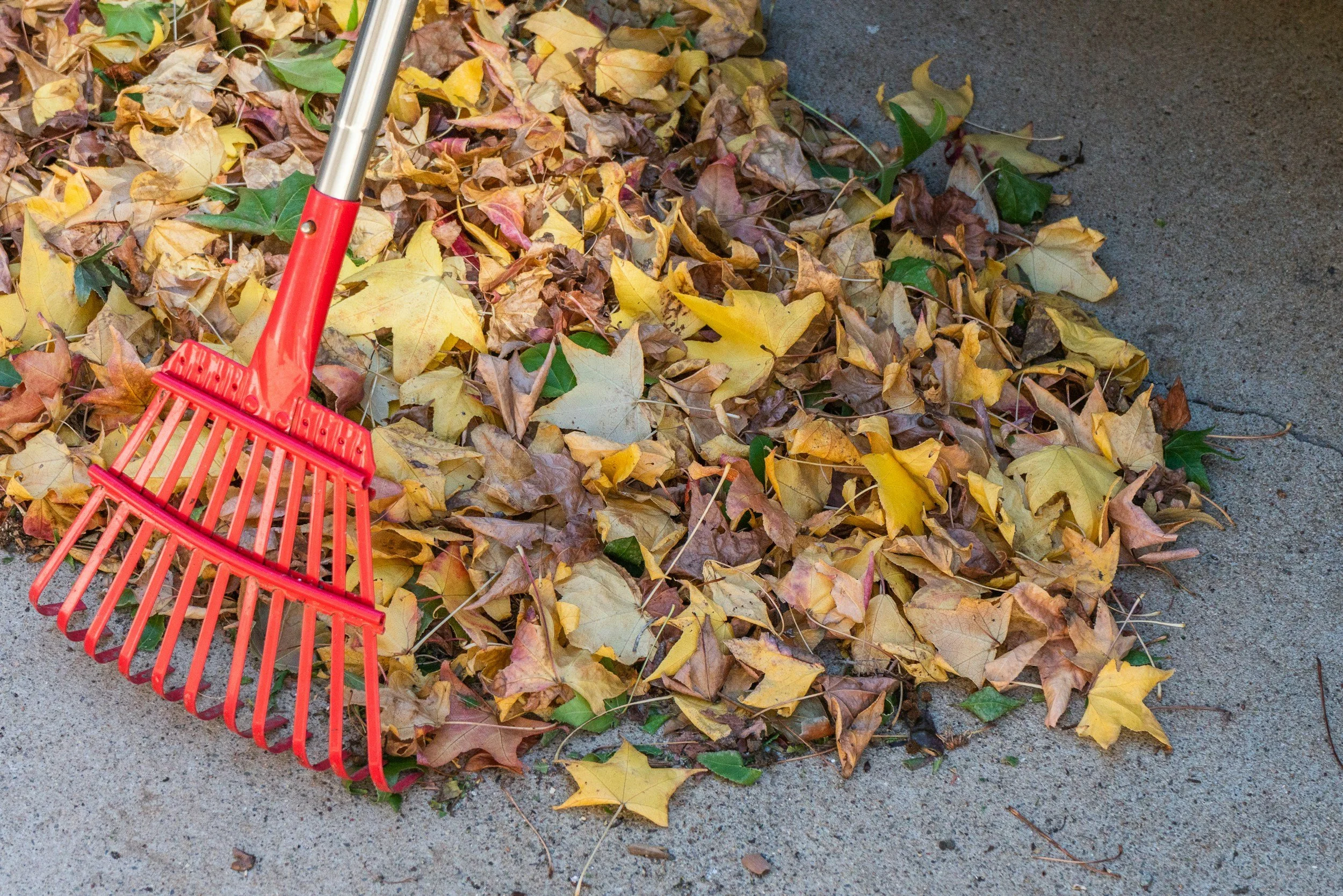









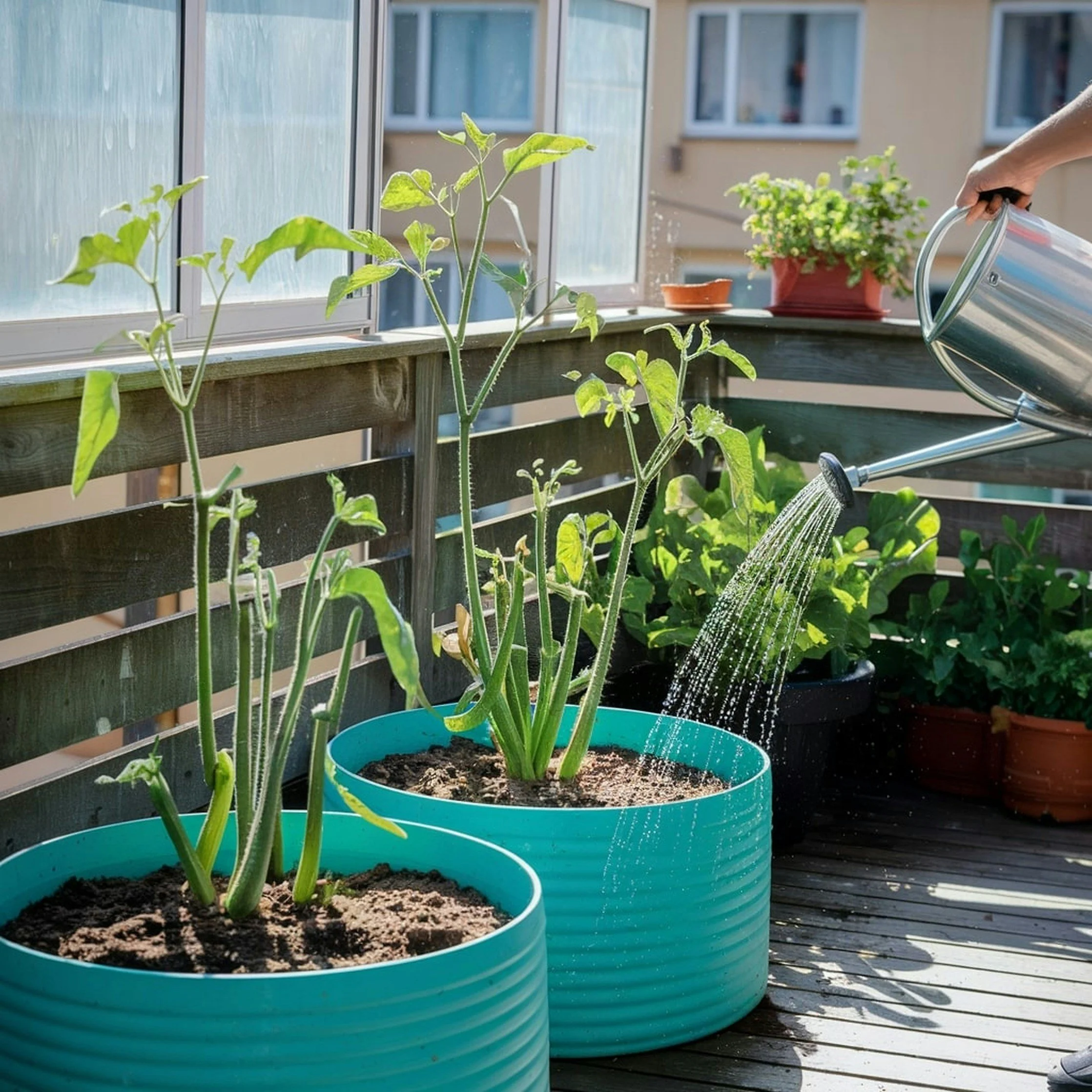







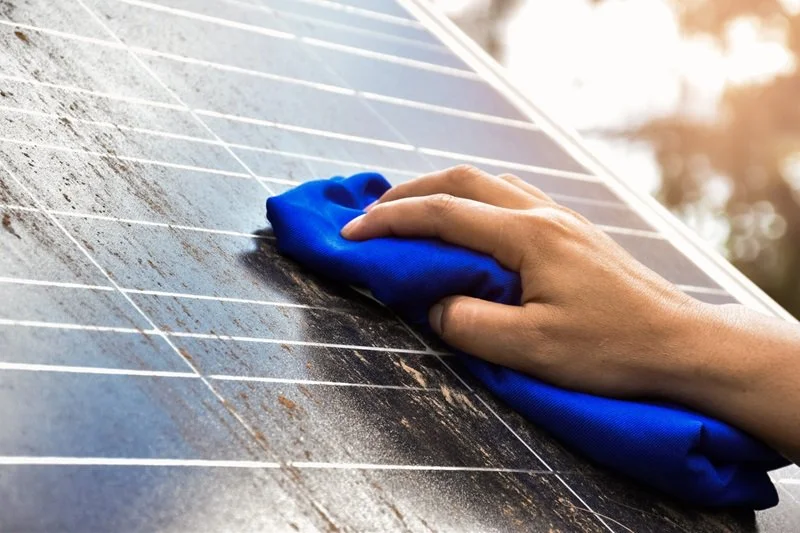

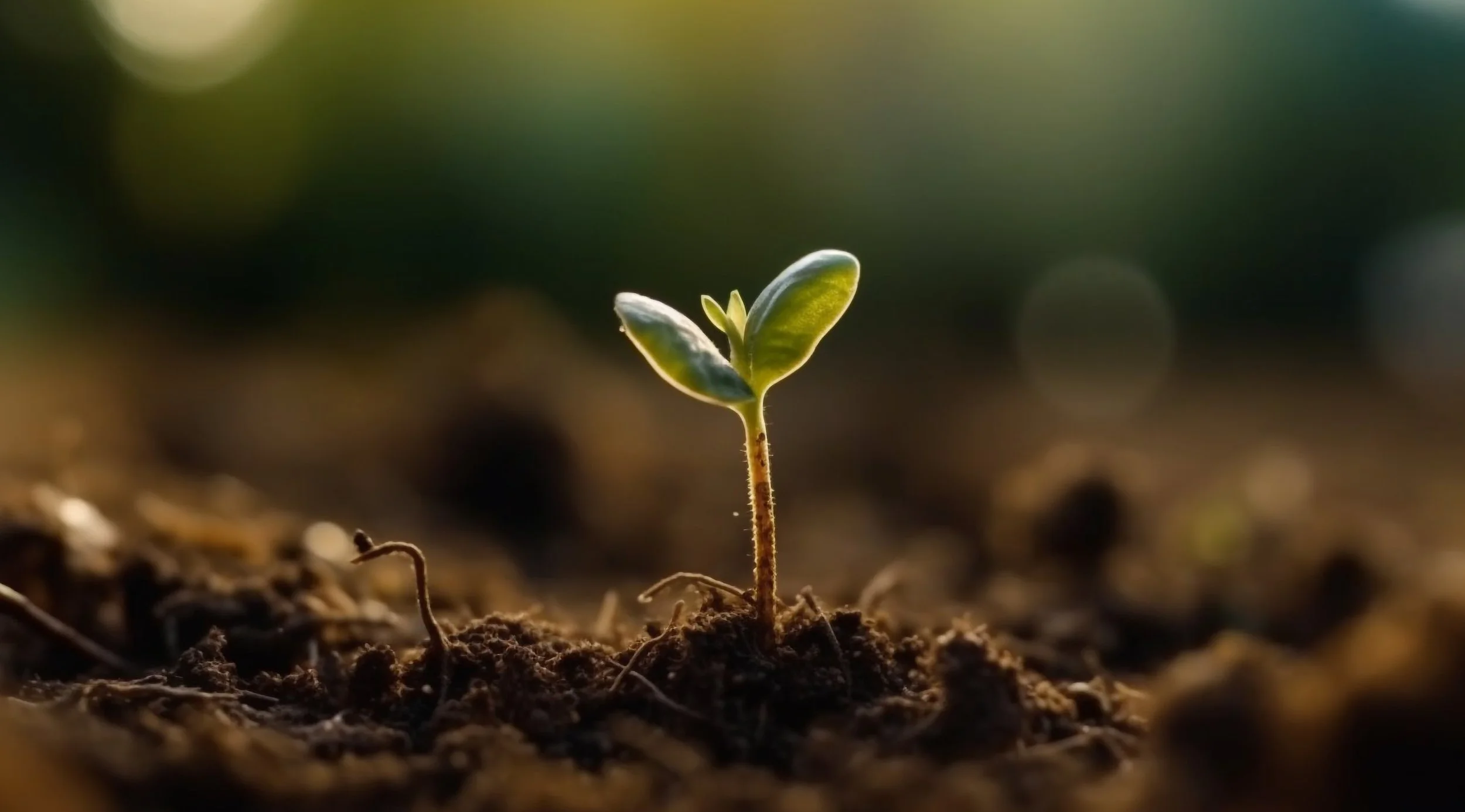



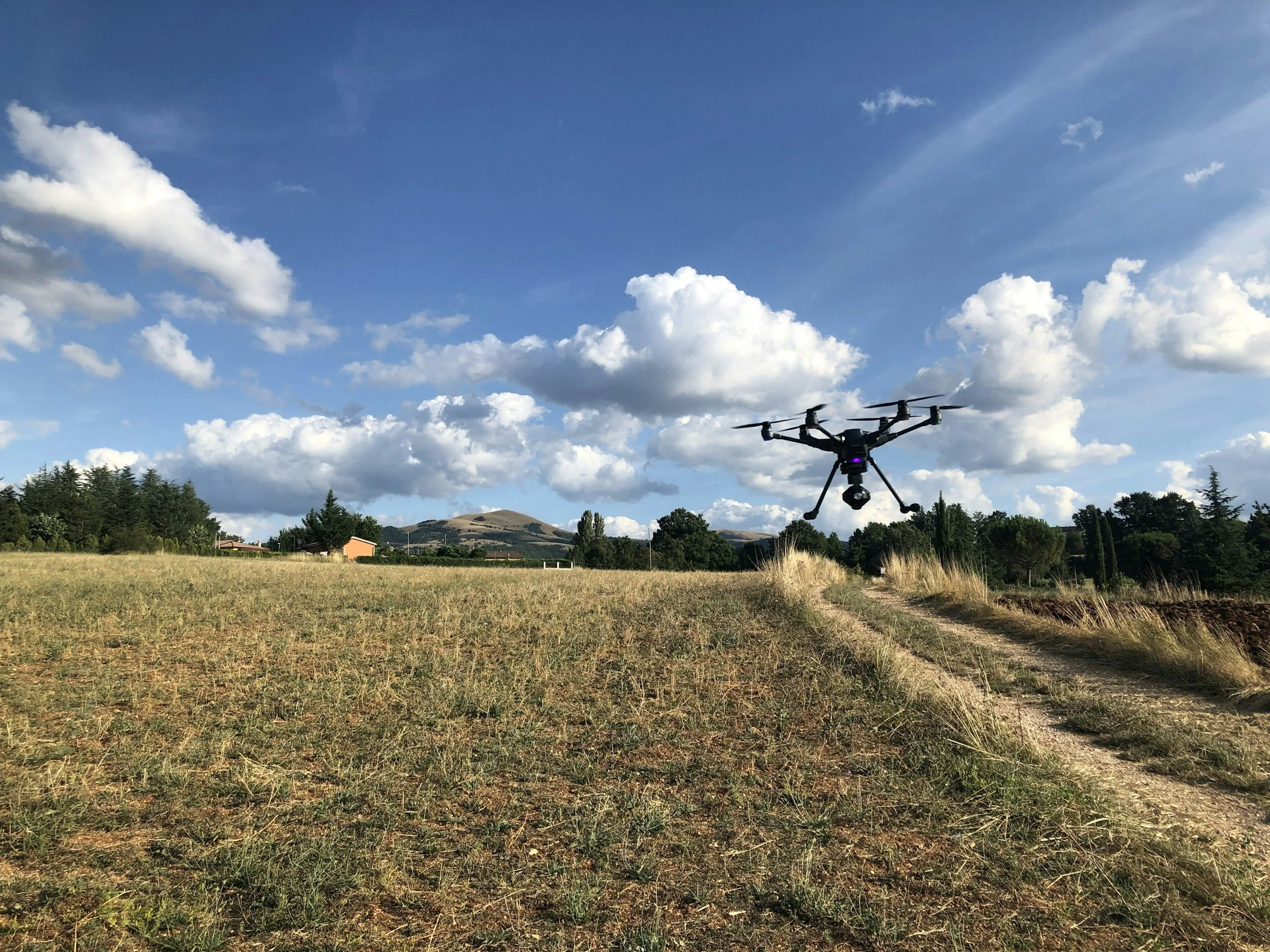

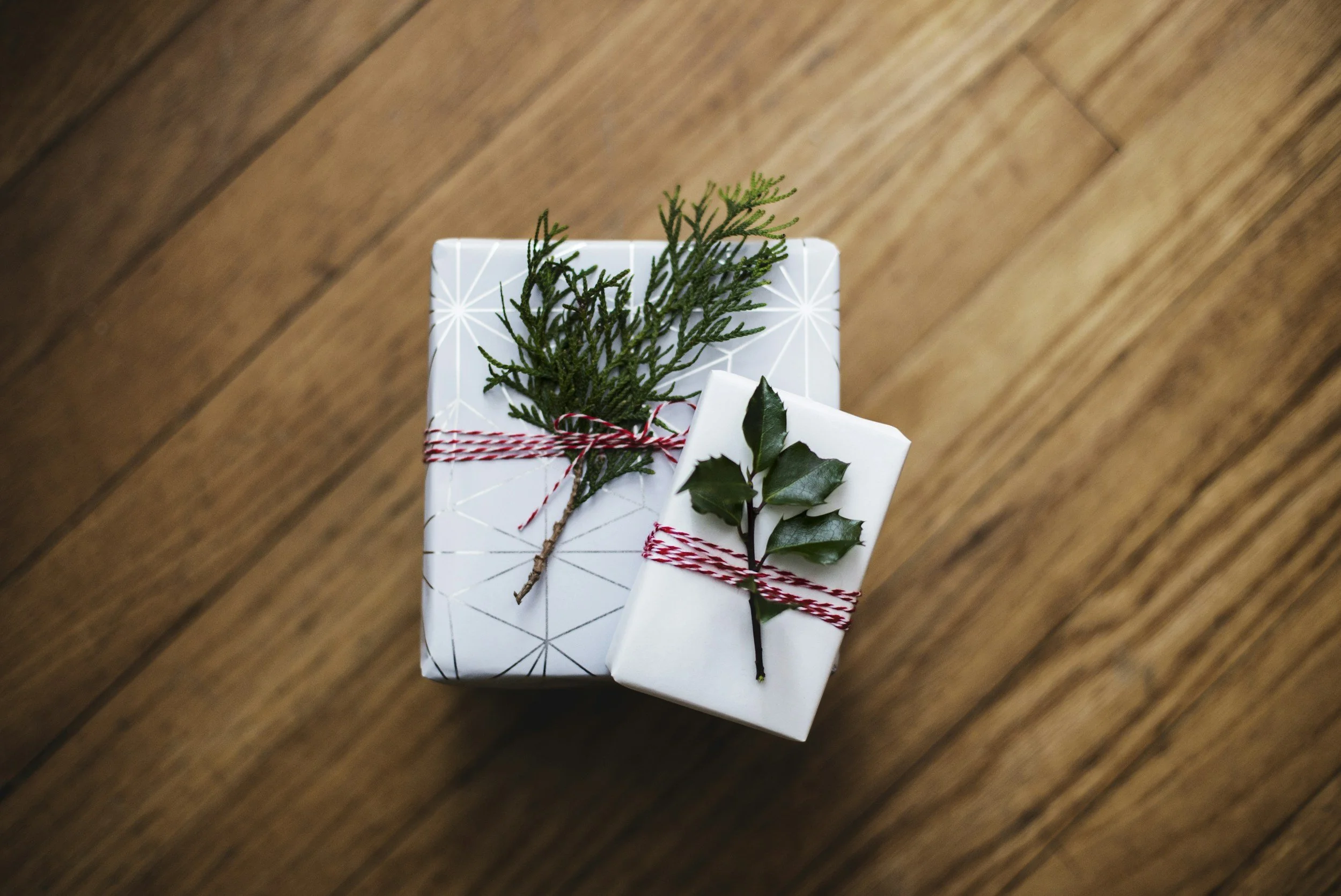


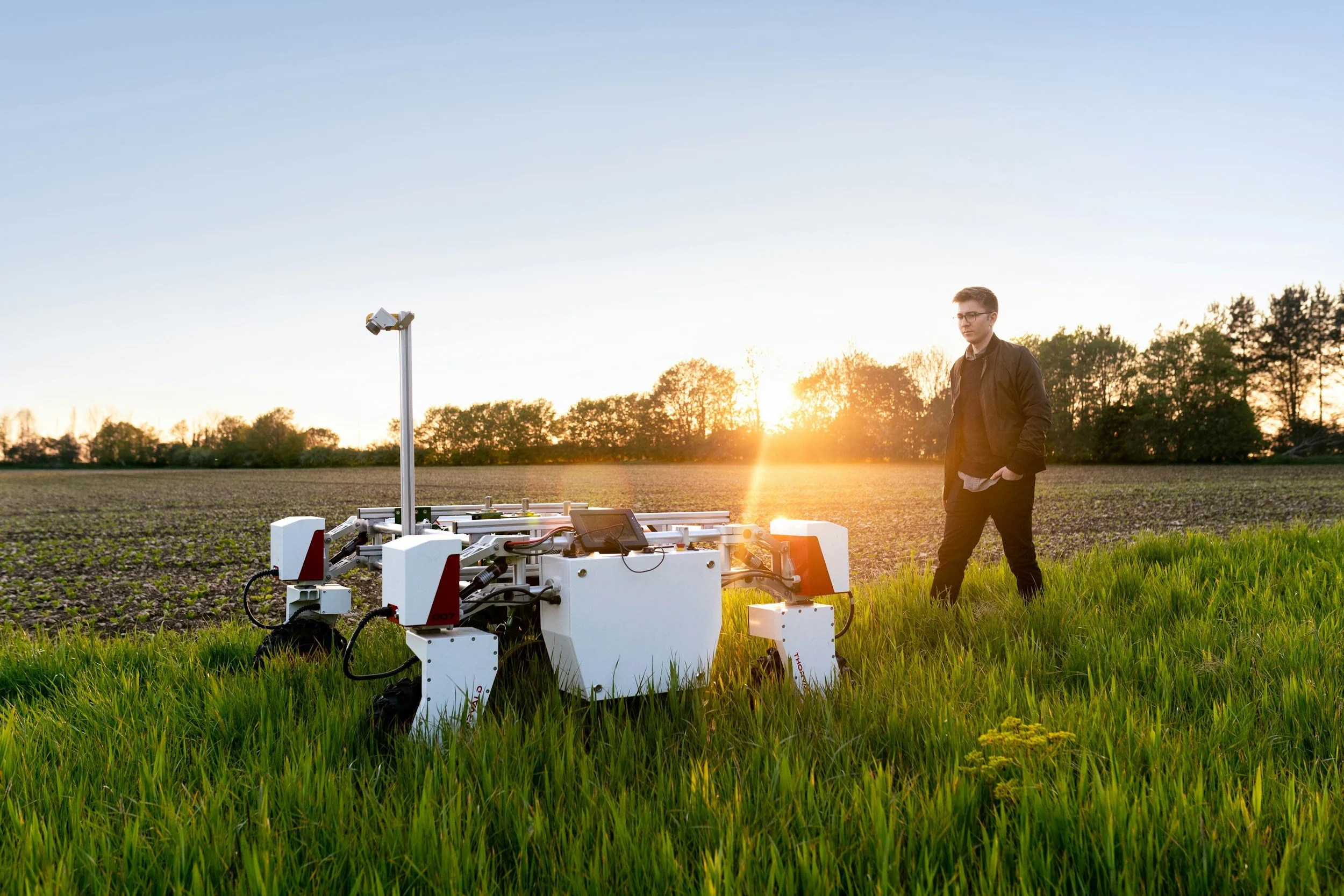









As the leaves fall and the air cools, many of us rush to “tidy up” our gardens before winter. We rake and bag leaves, cut back or pull plants, and erase almost every sign of summer growth before the cold season sets in. But here’s the truth: a perfectly clean garden isn’t necessarily a healthy one, and some of that cleanup is doing more harm than good. In fact, many fall gardening chores that seem helpful actually disrupt the delicate balance of your soil, remove crucial pollinator habitats, and make more work for you come spring.